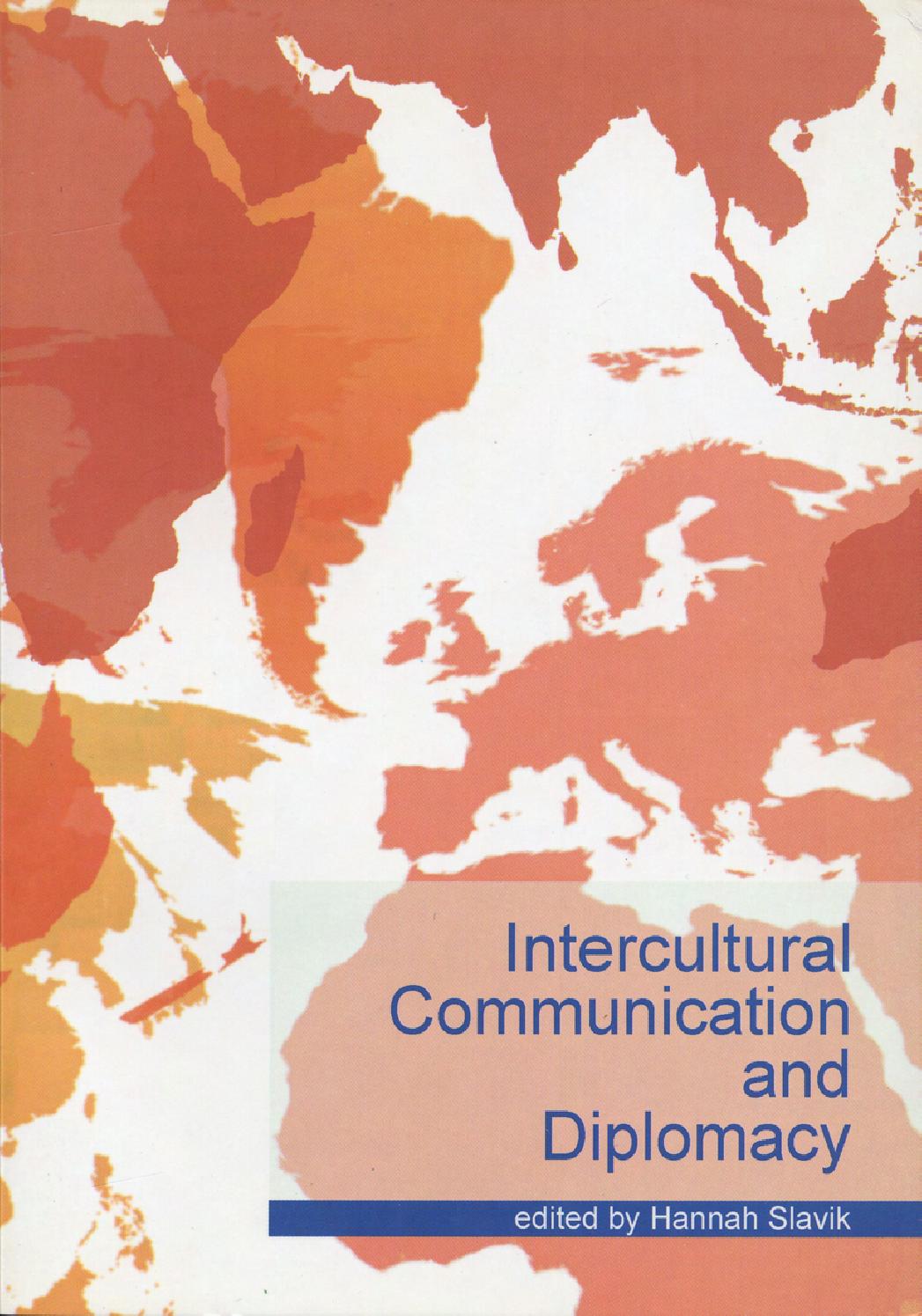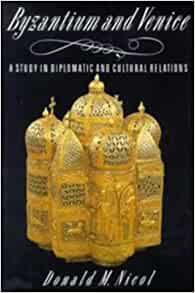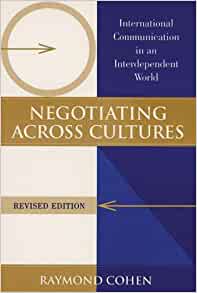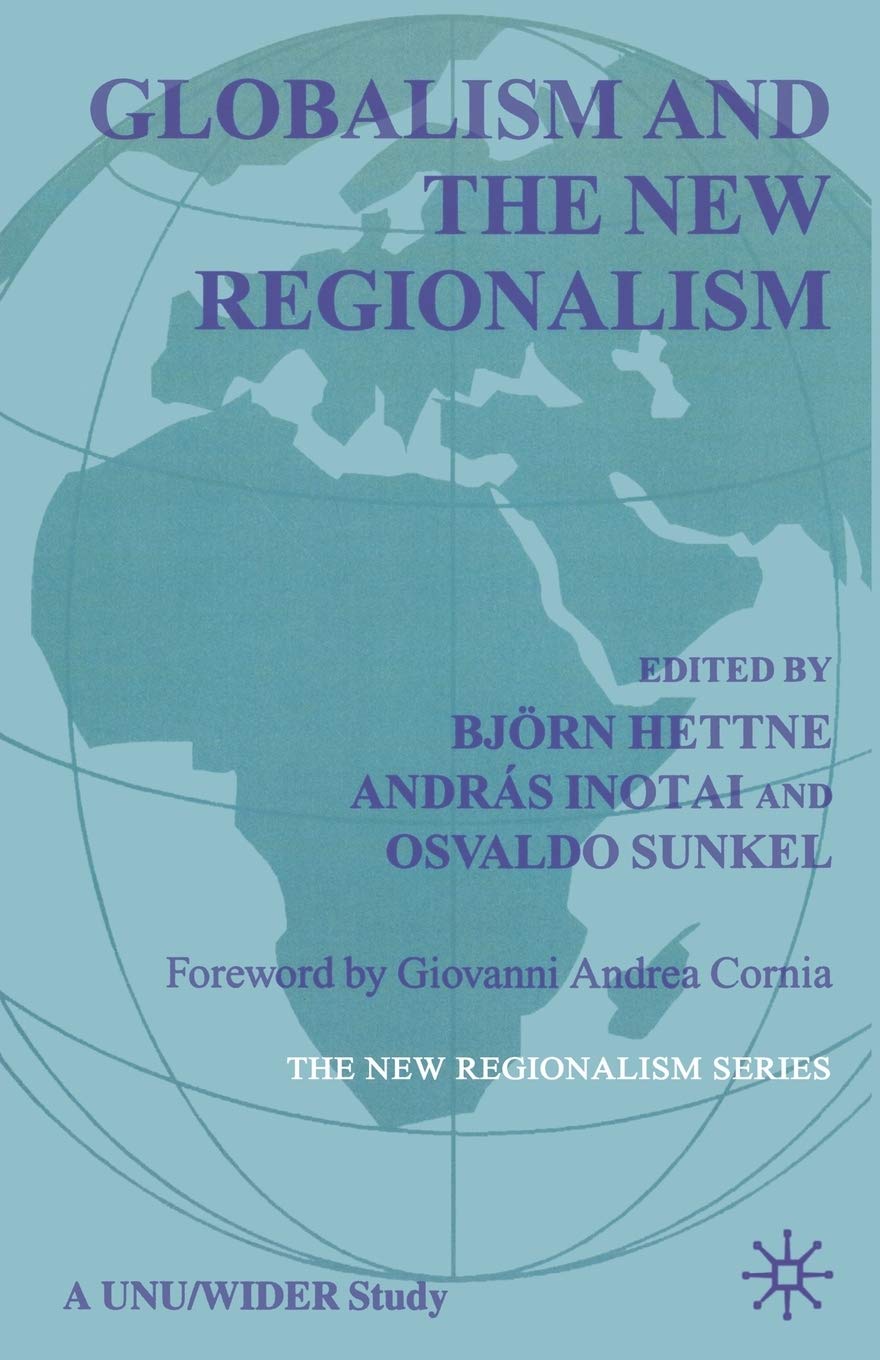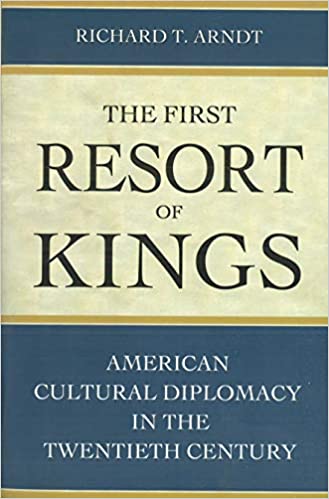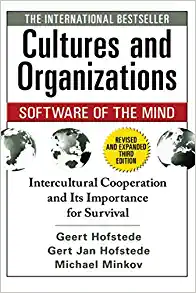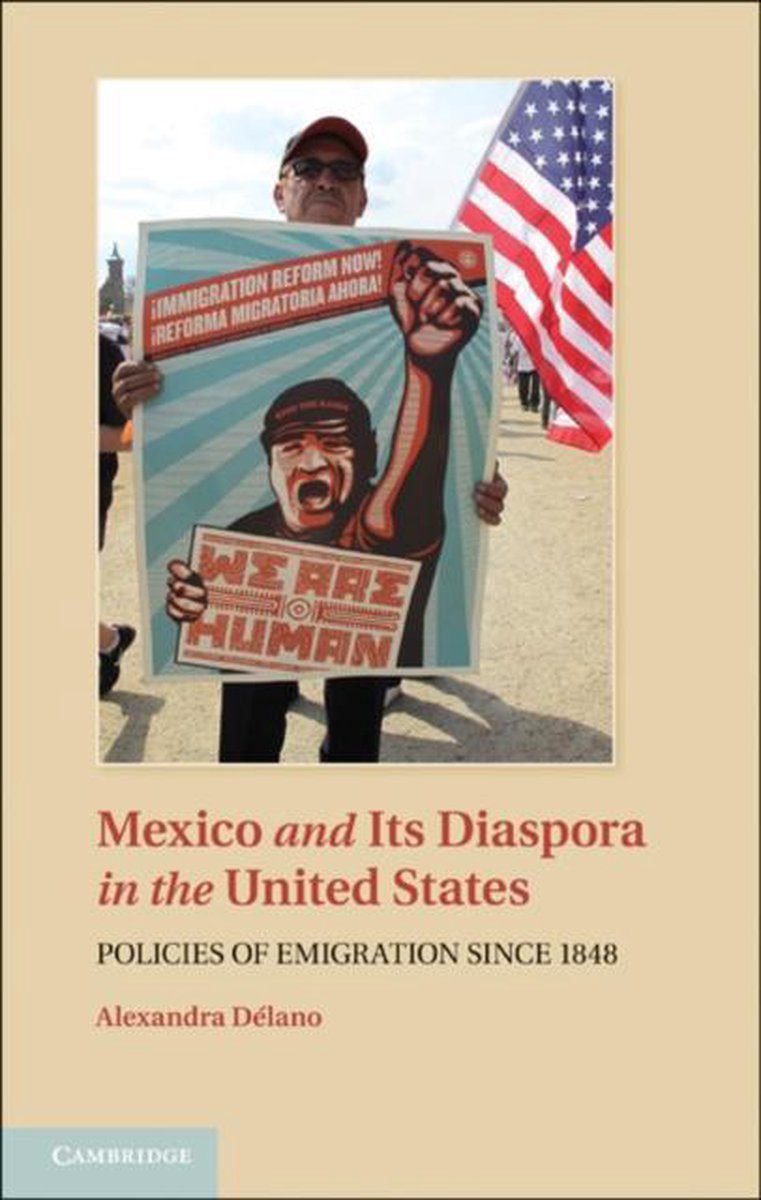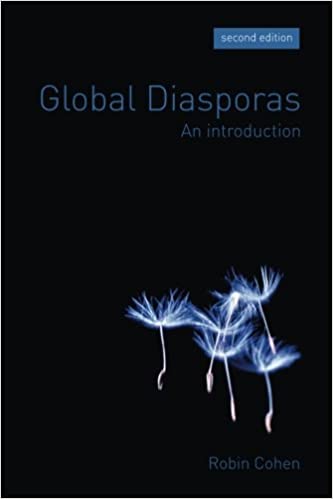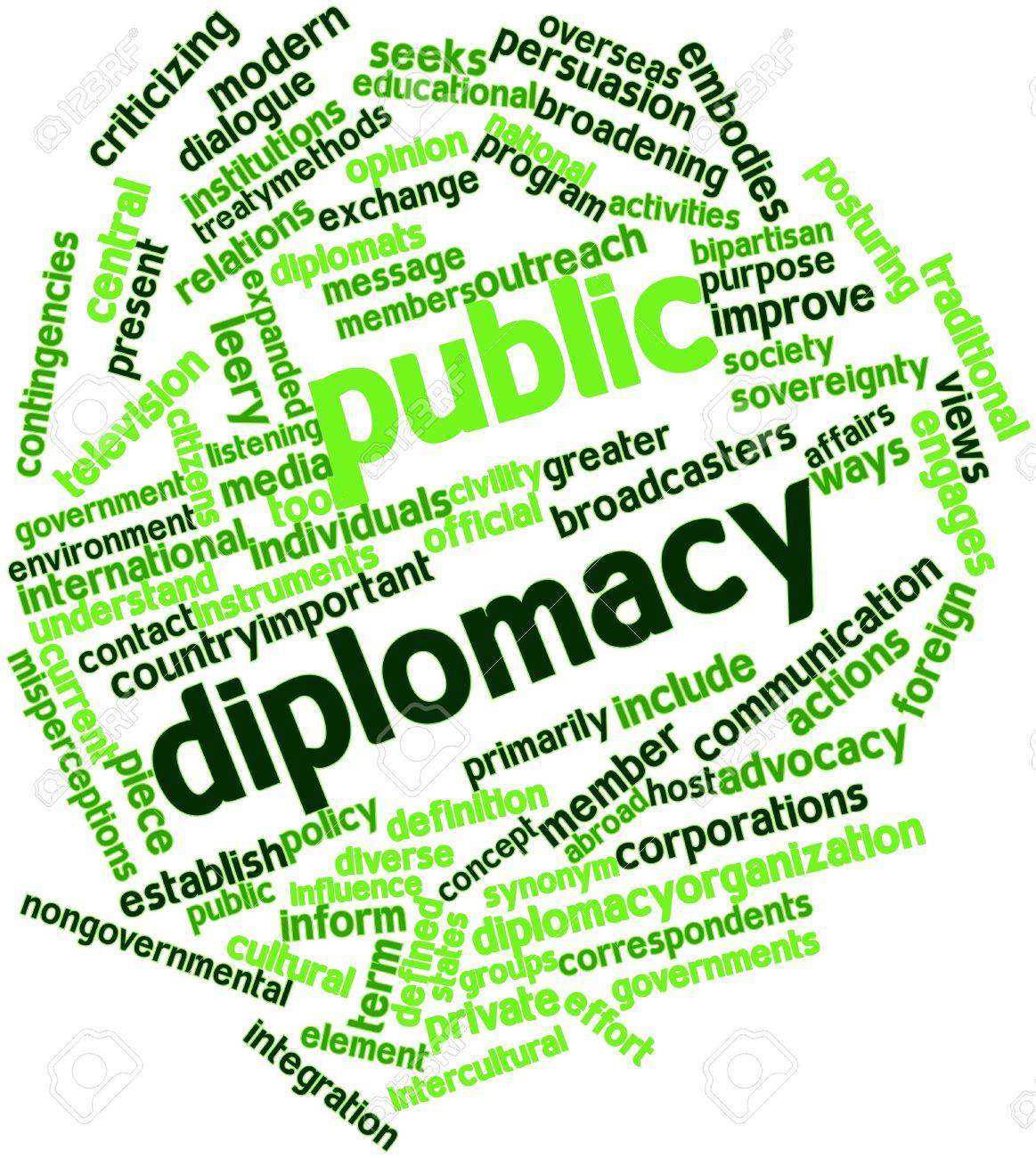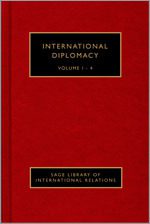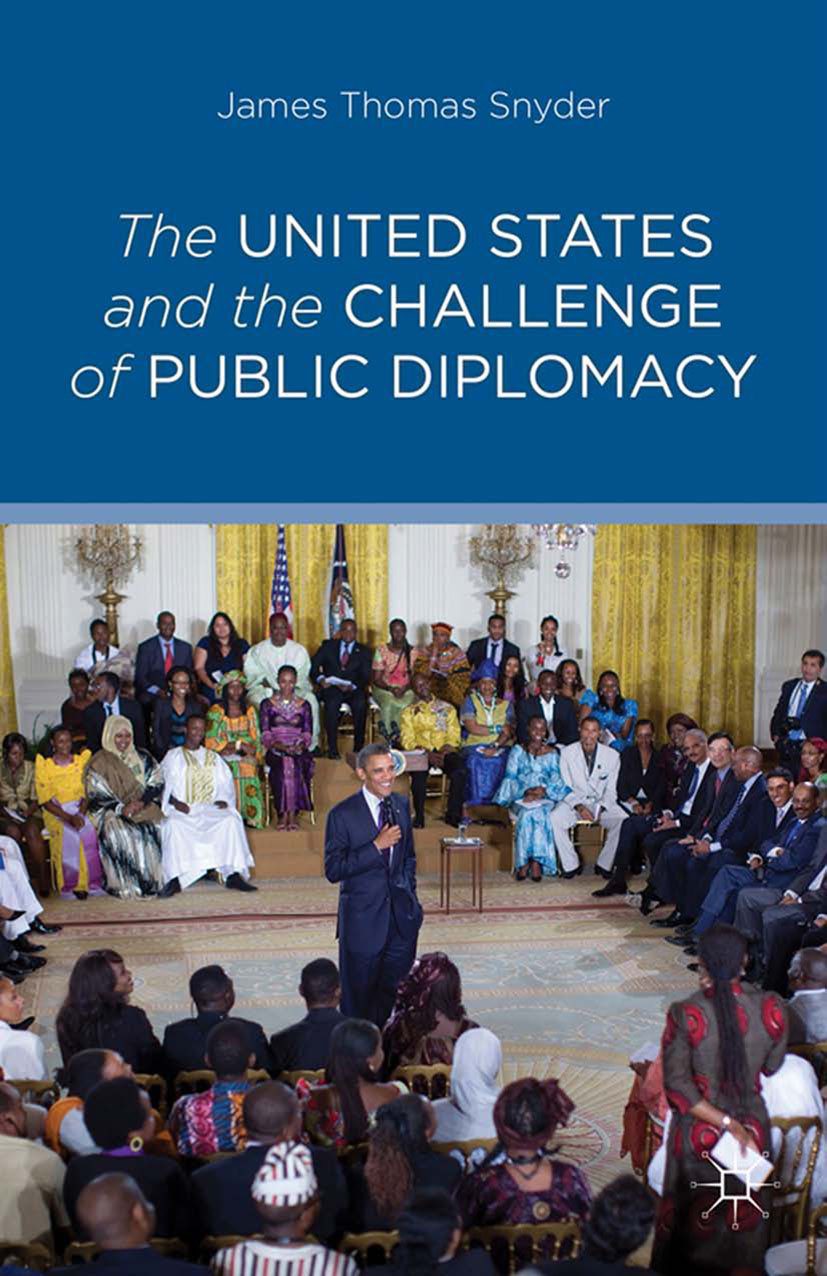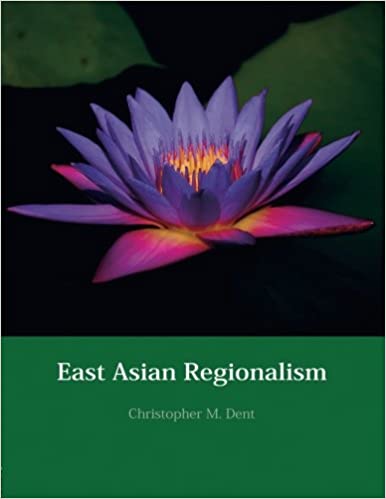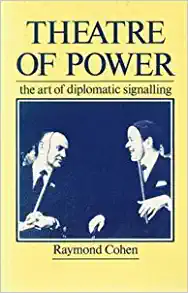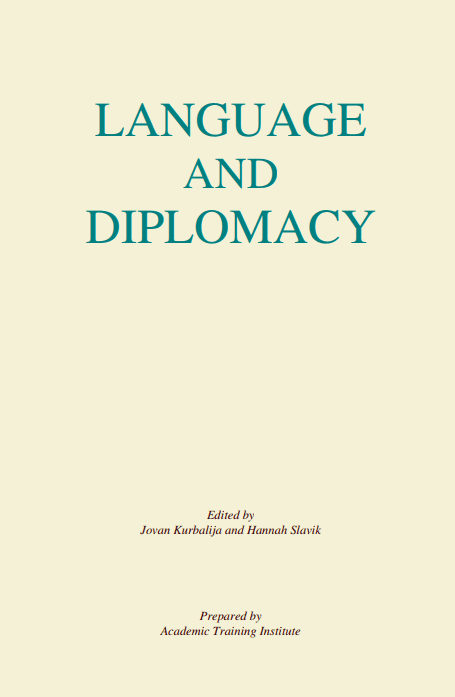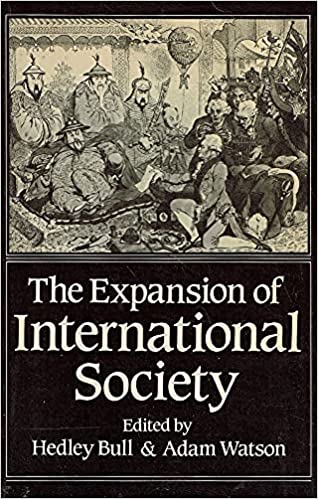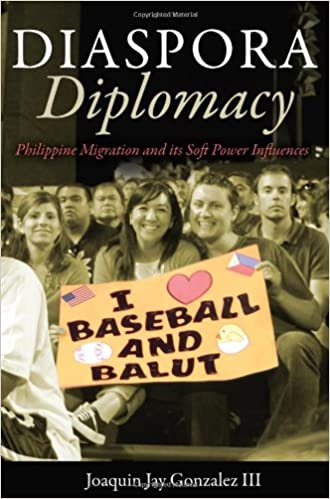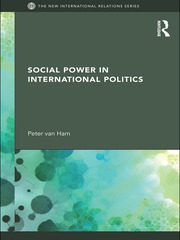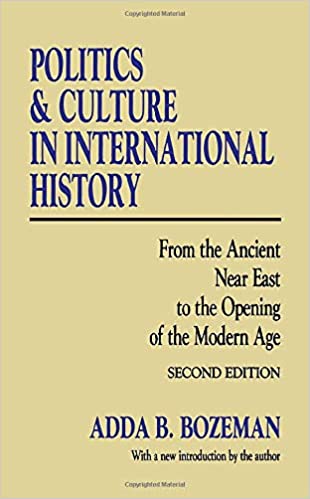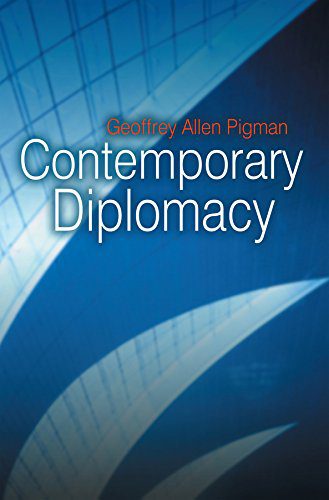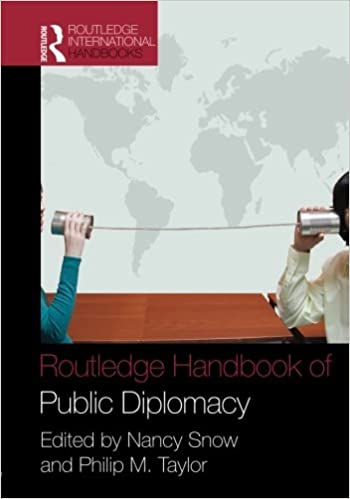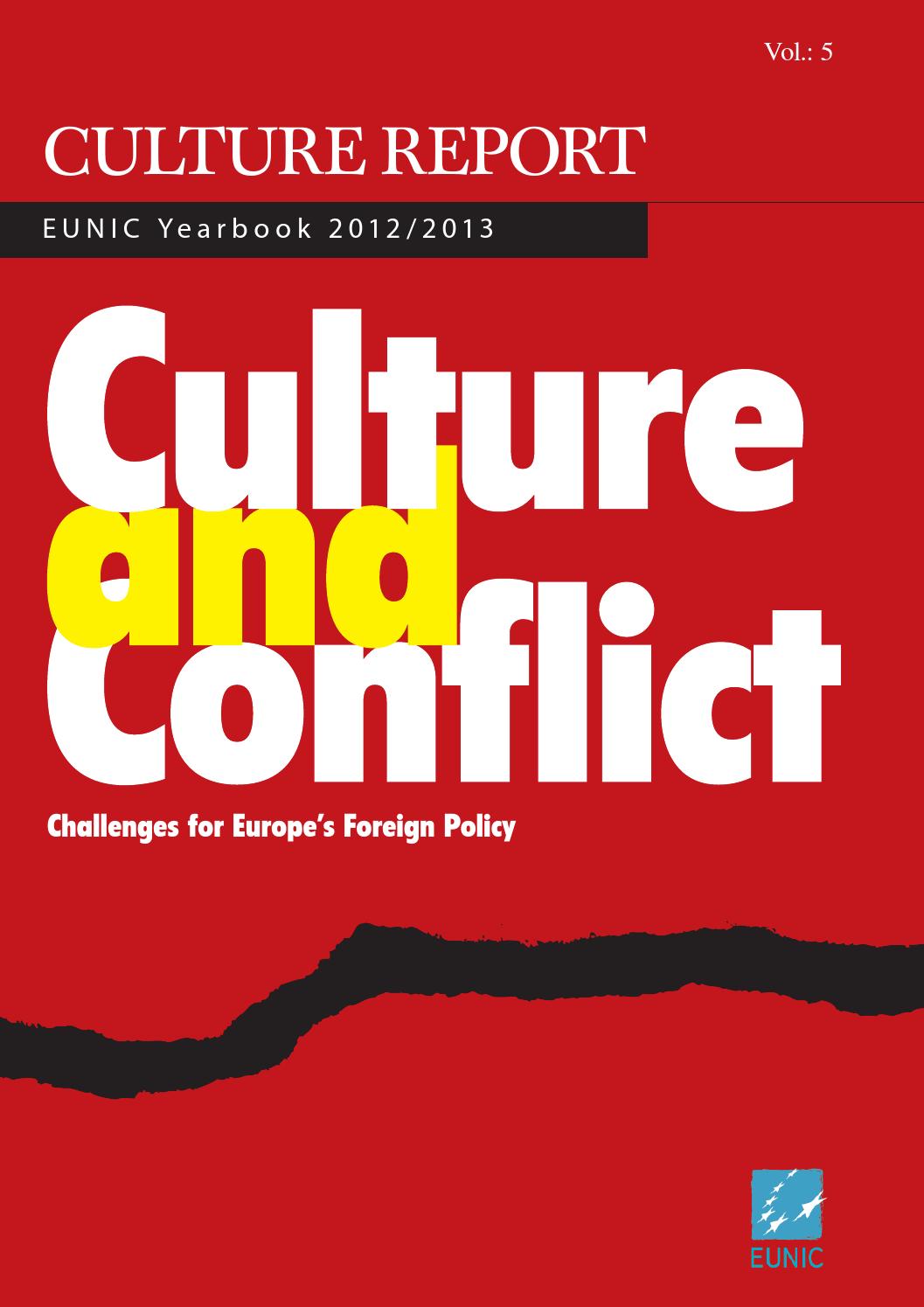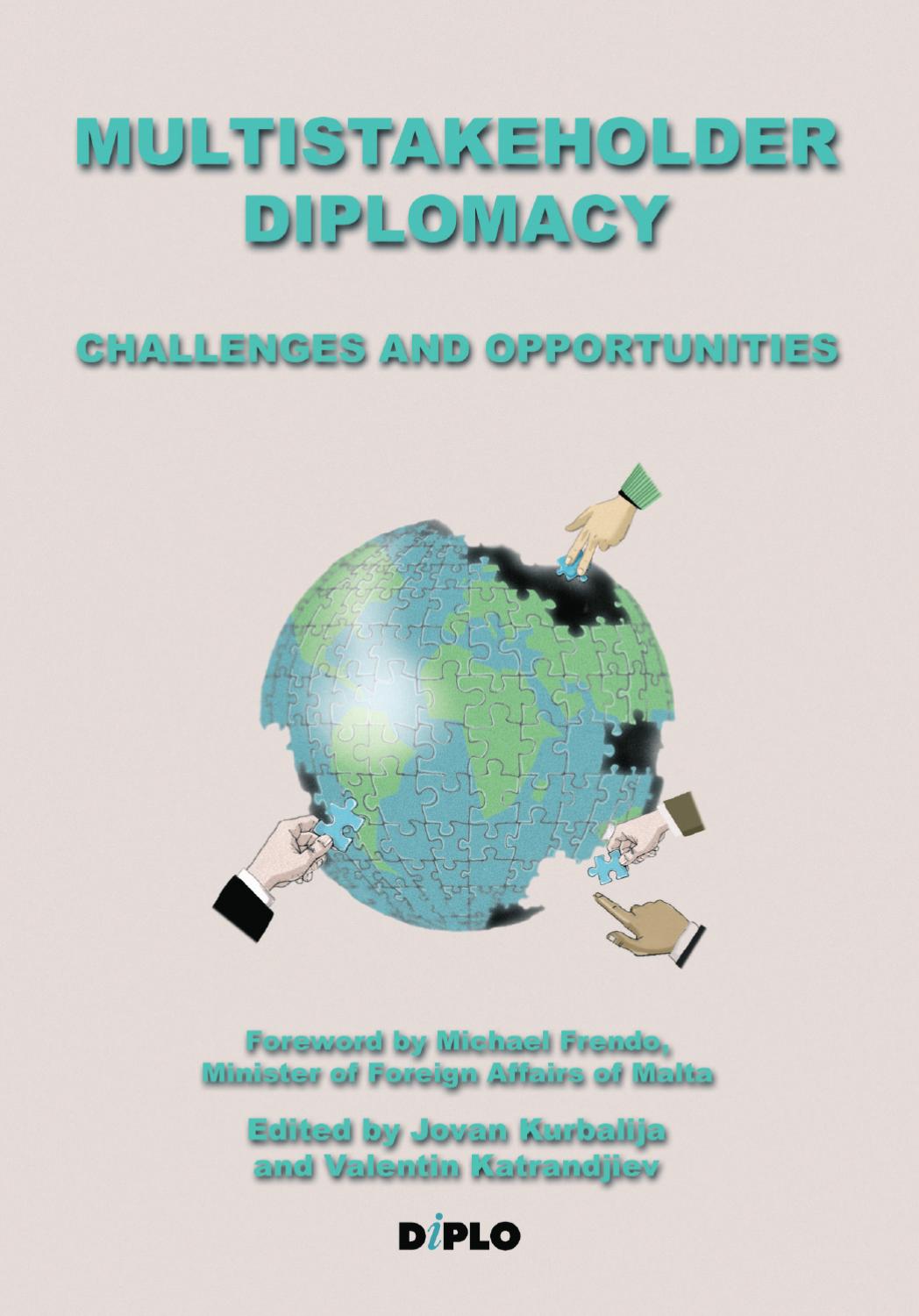Races, languages, and cultures are not distributed in parallel fashion, … their
areas of distribution intercross in the most bewildering fashion.1Edward Sapir, Language. An Introduction to the Study of Speech (London: Rupert
Hart-Davis, 1963, first published 1921 by Harcourt, Brace & World), 208.
Edward Sapir (1884-1939)
It is hard to open an English language newspaper nowadays without coming across the words culture or cultural. In a recent interview with the British newspaper The Financial Times, for example, Javier Solana, the European Union’s foreign policy representative, claimed that the United States and Europe are growing further apart due to “a cultural phenomenon.” A religious society, he theorised, perceives evil in terms of moral choice and free will; a secular one seeks the causes of evil in political or psychological terms. Solana added, “the choice of language on the two sides of the Atlantic is revealing.”2Solana Laments Rift between Europe and ‘Religious’ US,” The Financial Times, 8 January 2003 But how is language related to culture? And what does it mean to attribute distances between the policies of different governments to “a cultural phenomenon”?
Much confusion surrounds this issue. What aspects of language are cultural? How is culture expressed verbally? Does linguistic competence imply cultural competence or vice versa? This paper argues that vocabulary use can be cultural, that culture is expressed through discourse community norms, and that cultural competence includes linguistic competence along with other competencies. It stresses that culture must be related not to languages but to discourses. Languages, which are often thought of in terms of standards such as Amharic, Bulgarian, Chinese and so on, are not culture-dependent. Discourses, on the other hand, belong to the groups that produce them. They are conceptual frameworks or schemas built up on the basis of predominantly verbal interaction. Small, clan-based communities, where the kinship group, the social group and the economic group all coincide, provide the conditions for the co-occurrence of language and culture. But in most of the economically interdependent, literate world, discourses cross-cut languages.
To explore the idea that word use is culture-bound, this paper examines the English words culture and globalisation, to discover how they are used, and how they have come to have certain meanings or represent certain ideas.
Language and Culture
Linguistic determinism—the idea that the particular language one speaks shapes the way one thinks—is not new. Cultural relativism—the notion that values and even knowledge are not absolutes, but rather have meaning only within the cultural system to which they belong—has emerged more recently. Each of these ideas is controversial. But in some quarters, the two ideas now seem to have converged into a broader schema in which language, culture, ethnicity and identity are assumed to co-occur; and not only to co-occur, but, at least in the case of language and culture, to necessarily coincide, to be different facets of the same phenomenon.
The sociolinguist Joshua Fishman, advocate of the fostering of America’s “non-English cultures,” declares that “language-minority groups … want cultural democracy.”3Interview with Joshua Fishman, by Dan Holt and David Dolson (California Department of Education), 8 July 1994. Available at https://www.cde.ca.gov/iasa/fishman.html But why not linguistic democracy? The interculturalist M. Gene Aldridge suggests that “English … quite readily adapts words from other cultures.”4M. Gene Aldridge, “What is the Basis of American Culture?” Intercultural Communication 5. Available at https://www.immi.se/intercultural/nr5/aldridge Surely it adapts words from other languages? Another interculturalist, T.-S. Lim, makes the astonishing claim that “Arabic cultures, although high-context in communication, tend to be overly expressive. The Arabic language abounds with grammatical features of assertion and exaggeration.”5T.-S. Lim, “Language and Verbal Communication across Cultures,” in Handbook of Intercultural Communication, 2nd ed., ed. W.B. Gudykunst and B. Mody (London: Sage, 2002), 80These quotations reflect the kind of failure to adequately distinguish between language and culture that can lead to erroneous assumptions and prejudice intercultural communication.
According to one extreme view that has gained ground in some quarters, language is a part of culture. One anthropologist writes, “as part of culture, [language] is essentially invented, artificial, and learned.”6R.S. Hagman, The Cultural Construction of Language: Five Anthropological Essays. Trent University Occasional Papers in Anthropology 11 (Peterborough, Ontario: Trent University, 1996) Yet early twentieth-century anthropologists such as Franz Boas and Edward Sapir were able to show, with extensive examples from fieldwork, that language is natural, universal and has very little to do with culture. Boas concluded that “it does not seem likely, therefore, that there is any direct relation between the culture of a tribe and the language they speak.”7Franz Boas, “Language and Thought,”in Handbook of American Indian Languages (Washington D.C.: Smithsonian Institution, 1911). Reprinted in Culture Bound, ed. J.M. Valdes (Cambridge: CUP, 1986), 5-7, 7 Sapir agreed, writing that “we shall do well to hold the drifts of language and of culture to be non-comparable and unrelated processes.”8Sapir, Language, 219 Sapir’s name has long been associated with the linguistic determinism hypothesis, currently enjoying a revival. Yet he would certainly have questioned the kind of link now routinely assumed between language and culture. As well, linguists and psychologists have long rejected any such notion of language as cultural. As Steven Pinker points out, “language is no more a cultural invention than is upright posture.”9Steven Pinker, The Language Instinct (Cambridge, MA: MIT Press, 1994), 18 Language change and cultural change have been shown to be uncorrelated. It is not possible to make inferences about culture on the basis of language. What is of interest to those who would understand culture are the differences and similarities in communicative practices among people, regardless of whether these people speak the same or different languages.
A number of universal parameters of discourse can be identified. First, forms of predication, whereby an action, state or quality is attributed to an entity, are extremely similar cross-linguistically. Although communicating information may not be the prime function of language, it is certainly one important function. Second, relations of causation, contrast, exemplification, concession, etc. are universally conveyed, often by juxtaposition, but also by explicit linguistic means, both syntactic (e.g., subordination) and lexical (e.g., discourse connectives). Third, languages have similar means of expressing speaker commitment, degrees of certainty, and of distinguishing experiential from reported knowledge. Moreover, expectation, surprise, and positive and negative affect are universally coded in similar ways. Vowel length, volume, pace and use of marked forms such as diminutives and augmentatives, for example, express heightened affectivity. Fourth, every speaker commands a range of social dialects, or “sociolects.” Differences in rank are dealt with by accommodation, the lower ranking or less powerful accommodating to the higher ranking or more powerful. A universal tendency is for “high” sociolects to involve more indirectness, while directness is associated with impoliteness. A closely related tendency is for relative status to be iconically reflected in the size of the linguistic expression. Sociolects may be completely different languages or just different styles, sometimes so subtly different that an outsider is hard-pressed to distinguish them. Yet their impact can be immense. As noted above, the aspect of language that interacts with culture is vocabulary use. Word meanings are labile, and a particularly slippery and culture-bound word is the word culture itself.
Culture, a Perilous Concept
For the critic Raymond Williams, “culture is one of the two or three most complicated words in the English language…it has now come to be used for important concepts in several distinct intellectual disciplines and in several distinct and incompatible systems of thought.”10Raymond Williams, Keywords: A Vocabulary of Culture and Society, revised ed. (Oxford: OUP, 1976/1983) Almost thirty years later, anthropologists seem to agree with Williams, judging by the current debate in anthropology between those who wish to retain the word, and those who believe it has become so problematic that it is best abandoned.11See, for example, the special issue of Current Anthropology vol. 40 (1999): Culture: A Second Chance?
According to one recent definition, culture “encompasses politics, economics, social history, philosophy, science and technology, education, the arts, religion and customs.”12E. Ronowicz, “Introduction,” in English: One Language, Different Cultures, ed. E. Ronowicz and C. Yallop (London: Cassell, 1999), 1-25 What might it mean to characterise one’s own culture by reference to these variables? Is such a broad concept useful? In another definition, “culture is any of the customs, worldview, language, kinship system, social organisation, and other taken-for-granted day-to-day practices of a people which set that group apart as a distinctive group.”13Ron Scollon and Suzanne Wong Scollon, Intercultural Communication: A Discourse Approach, 2nd ed. (Oxford: Blackwell, 2001), 139, emphasis added This definition immediately begs the question of how we identify a people or a group in the first place. Indeed, research into cultural difference is often vitiated by circular argumentation: the claim is that people can be grouped into “cultures” according to their shared cultural characteristics, when in fact the grouping is often done a priori, following political, geographical, linguistic, economic or even racial criteria.
This section considers culture as an example of how discourse circulates within and among particular discourse communities, and illustrates the apparent paradox that “culture” is itself a culture-bound concept.
Culture referred originally to the cultivation of crops or the raising of livestock. The word is used metaphorically in classical Latin (Cicero’s cultura animi), but the metaphorical sense seems to have become widespread in modern Europe only in the second half of the eighteenth century, due largely to the Romantic philosophers. Culture came to be associated with the authentic, organic and spiritual, as opposed to civilisation, which prized reason and which was seen by counter-Enlightenment thinkers as mere artifice or “bloodless intellect”14Oswald Spengler, The Hour of Decision (New York: Knopf, 1934), 88. Cited in Kuper 1999, 34 as one writer put it.15 Culture was also associated, of course, with the arts and literature. This “high culture” sense can be considered as distinct, not a sub-sense of the anthropological sense, and is excluded from this discussion.
In the early part of the twentieth century, a number of European intellectuals, including Franz Boas, emigrated to the United States, taking with them ideas inherited from the Romantic philosophers. Boas founded a new school of thought in anthropology and inspired a generation of scholars. In the early twentieth century, American and European anthropology, including linguistic anthropology, was principally descriptive. There was great interest, for example, in documenting the languages and customs of the small remaining communities of native North Americans. Anthropologists described the language, artefacts, traditions, skills, customs, dress and artistic creations of small, predominantly clan-based societies. However, in the mid-twentieth century, they started to shift the locus of their study from behaviour and customs towards beliefs and values, and to view culture as an integrated system rather than a loose array of practices. By making this shift, anthropology was staking out new ground for itself. As anthropologist Roy d’Andrade explains, “if culture is defined as shared behaviour one cannot then use the concept of culture to explain why the Japanese or the Pukapuka do what they do. … In the ‘totality of behaviour’ sense, the concept of culture has no explanatory value.”16Roy d’Andrade, “Comment,” Current Anthropology 40 (1999), S16-S17, S16, original emphasis Anthropologists started to attribute causal properties to culture, and so changed its meaning.
This development was to have significant implications for our present-day concept of culture. At the beginning of the twenty-first century, culture is increasingly used as an explanation of behaviour, without reference to the material origins of culture. Essentialist views of culture increasingly suggest that culture is a sufficient explanation in itself of a whole range of observed phenomena, including how people use language and even what language they use. This can lead us onto dangerous ground, because while behaviour is observable, beliefs and values are not. In the popular consciousness, views of culture therefore risk losing their grounding in reality and becoming, at best, arbitrary interpretation; at worst, prejudice.
The semantic trajectory of this word represents a typical instance of language change in two respects. First, meaning broadens: it often fans out into closely related sub-senses, each new emergent sub-sense subsuming some of the previous ones. Second, meaning subjectifies: from being something people do, culture comes to refer to the people themselves who do it. In present-day usage of the English word culture, five sub-senses are discernible (Table 1.).

In sub-sense (ii), culture becomes slightly anthropomorphic; for example, cultures are said to “die out.” This tendency is carried further in sub-sense (iii) where traits and even personalities are attributed to cultures. Culture then comes metonymically to stand for “a group of people sharing a particular set of behaviours and customs” (sub-sense iv). Finally, we encounter the word being used to refer to a set of personal traits that are by implication immutable, beyond the control of the people to which they are attributed. From here it is easy to see how “culture often comes to serve as a politically correct euphemism for race.”17Adam Kuper, Culture: The Anthropologists’ Account (Cambridge, MA and London: Harvard University Press, 1999), 240 For example, expressions like black culture, commonly found in the British press, may imply that one’s culture should match the colour of one’s skin. So, while anthropologists carefully distinguish race from culture, and view culture as unstable and in constant flux, in popular parlance culture has far more essentialist overtones.
The new ways in which culture is being used can be illustrated by the following quotations. In a contribution to the Handbook of Intercultural Communication, Lim states that, “because different cultures have different environments, values, beliefs, and attitudes, their languages tend to be different from each other.”18Lim, “Language and Verbal Communication,” 76, emphasis added If culture is values, beliefs and attitudes, it makes no sense to say that a culture has values, beliefs and attitudes, let alone a language. Only by interpreting culture as a “group of people” can one make some sense of this astounding claim about languages. A second example comes from the American political scientist Samuel Huntington, who has declared that one’s culture is “a given that cannot be changed.”19Samuel Huntington, “The clash of civilizations?” Foreign Affairs 72 (3) (1993), 22-49, 26. For Huntington, a “civilization” is a collection of similar cultures. He writes: “In class and ideological conflicts, the key question was ‘Which side are you on?’ and people could and did choose sides and change sides. In conflicts between civilizations, the question is ‘What are you?’ That is a given that cannot be changed.” Furthermore, once cultures are perceived as discrete entities, it follows that they have boundaries. And these cultural boundaries can then be identified as potential sites of conflict. This line of thinking leads to Huntington’s claim that “in the coming years … the great divisions among humankind and the dominating source of conflict will be cultural,”20Samuel Huntington, “The clash of civilizations?” Foreign Affairs 72 (3) (1993), 23 which clearly reflects his essentialist view of culture.
Concerned by the appropriation for political purposes of the word culture, some anthropologists have suggested abandoning the word altogether. Interestingly, some advocate retaining culture and cultural but avoiding the plural word cultures.21Christoph Brumann, “Writing for Culture: Why a Successful Concept Should not be Discarded,” Current Anthropology 40 (1999), S1-S13 Others recommend total avoidance of the term culture because of the difficulties met when, instead of being seen as something to be described or interpreted, culture “is treated instead as a source of explanation in itself … Appeals to culture can offer only a partial explanation of why people think and behave as they do, and of what causes them to alter their ways. Political and economic forces, social institutions and biological processes cannot be wished away, or assimilated to systems of knowledge and belief.”22Kuper, Culture, xi Yet culture is increasingly made to bear the burden of explanation for all manner of thought and action. In brief, culture has truly become a “perilous idea.”23Eric R. Wolf, “Perilous Ideas: Race, Culture, People,” Current Anthropology 35 (1) (1994), 1-12
From the foregoing discussion three main conclusions can be drawn. First, culture and language are independent: they need not co-occur. Second, either culture is behaviour, or it is an explanation for behaviour; it cannot be both without a radical split in the concept itself. Third, culture can be seen as a case study in language change through the circulation of discourse. It illustrates how shared meanings are sociopolitically defined. Word forms change slowly: the Latin word cultura, used by Cicero two thousand years ago, is almost unchanged in present-day English and Romance languages. Meanings can change extremely fast. The next section takes up this theme of how discourses circulate and looks at some implications of the current globalisation of communication.
The Circulation of Discourse and the Globalisation of Communication
The culture concept spread relatively slowly. Pacific Islanders, New Guinea hunter-gatherers and Native Americans were naturally among the first to hear of it, thanks to their contacts with Boasian anthropologists. Eventually, however, the concept became familiar throughout much of the world. The word globalisation, by contrast, sped around the world, propelled by a new, technically sophisticated communications system (Table 2.). It is likely that most of the world has by now heard of globalisation.

The trajectories of culture and globalisation are examples of the circulation of discourse, and not only among English-speaking people. These concepts have rapidly acquired translation equivalents in very many languages. As Tehranian notes, “accelerating processes of world communication have immensely contributed to what might be called an acceleration of history.”24Majid Tehranian, Global Communications and World Politics: Domination, Development and Discourse (Boulder, CO: Lynne Rienner, 1999), 4 Locally-generated concepts can become global almost instantaneously, then to be re-localized elsewhere in myriad local-level discourse networks.
The concept of globalisation, like that of culture, is elastic. Globalisation is sometimes described as a very deliberate strategy: globalisation is “a specific economic strategy pursued by the countries of the industrialized world and the trans-national corporations whose interests they represent.”25“Globalization” (OneWorld). Available at https://www.oneworld.org/guides/globalisation/index.html By others, it is seen as a process: it is “a technologically and ideologically driven process in which geographic distance becomes irrelevant for socio-cultural, political and economic relations.”26Ruud Lubbers and Jolanda Koorevaar, “Nation State and Democracy in the Globalizing World” (Tilburg: Globus, 1998). Available at https://htpaul.sprog.auc.dk/global02 On the economics front, it is commonly assumed to refer to a group of interdependent economic tendencies which include greater international capital mobility, changes in international trading practices, development of worldwide production networks, increased labour mobility, and integration of financial markets. From a more social perspective, globalisation encompasses the international reach of the mass media, the worldwide distribution of particular consumer goods and cultural products, and the rapid rise of global communication networks such as the Internet, increasing worldwide sociopolitical interdependence.
Most of the economic and social tendencies associated with globalisation pre-date the dissemination of the term itself. Yet once these tendencies have been gathered under the umbrella term, a new concept takes shape. As with culture, the whole comes to seem greater than the sum of the parts, and the new concept starts to acquire an explanatory value. Suddenly, globalisation appears to account for some of the very processes it was supposed to denote. Like culture, globalisation becomes causal, as in this typical example from a business publication: “the tough competition worldwide brought about by globalisation.”27“Garment Exporters Turn to Southeast Asian Mart,” Business World, 10 January 2003, 2, emphasis added
In recent British political discourse, globalisation is overwhelmingly portrayed as an agent: it plays roles, it comes to markets, it makes things harder, and so on. What started out around 1994 as a term for the deregulation of financial markets and the establishment of trade agreements has taken on a life of its own. Of 34 examples of the term found in a sample of British political discourse, 33 represent it as an agent (Table 3.).

Discourse 1997-2001
In other institutions, however, globalisation plays a different role. For instance, one Commonwealth Foundation document makes globalisation not an agent, but an object of management: “in 1997, Commonwealth Heads of Government … agreed that globalisation must be managed carefully.”28“Globalisation, People and Governance,” The Commonweath Foundation, 29 October 1999. Available at: https://www.commonwealthfoundation.com/news/news78.html One study of how the term globalisation is used by the European Commission shows how the European Commission’s trade directorate presented globalisation as, at least in part, a product of European agency, while the directorate responsible for energy policy viewed globalisation as an agent itself – as a challenge or threat requiring a reaction.29Ben Rosamond, “Europeanization and Discourses of Globalization,” in Proceedings of the 41st Annual Convention of the International Studies Association, Los Angeles, March 2000 (Columbia International Affairs Online, 2000). Available at https://www.ciaonet.org/isa/rob01/
The significance of a word thus depends not on language, but on the discourse community in which it is used. Not only concepts, but discourse norms themselves are circulating ever more widely. Discourse practices that have been developed in one place are exported to others. One example is the spread across languages and continents of western service-encounter discourse, as western companies expand their businesses.30Deborah Cameron, “Globalizing Communication,” in New Media Language, ed. Jean Aitchison and Diana M. Lewis (London: Routledge, 2003), 27-35
Discourse communities are often envisaged as networks of verbal communication. But communication is often one-way; that is, it follows a broadcast (unilateral, one-to-many) model. Wealthy and/or influential members of discourse communities clearly broadcast more, and become more powerful through their control of certain meanings. The kinds of economic and social changes that globalisation refers to are increasingly “discourse-led,” as certain discourses acquire status.31Norman L. Fairclough, “Language in New Capitalism,” Discourse and Society 13 (2) (2002), 163-166 Change is thus brought about most easily by those who can make themselves heard and who can export their discourse to other communities. Yet the most passive members, the overhearers who do not contribute to the discourse, are nonetheless within its orbit. In the complex public arena of the twenty-first century, as more people belong to more and more different discourse communities, overhearers are becoming increasingly important as links between and among communities.
Conclusion
This paper has shown how concepts such as culture and globalisation can be created, extended and circulated by influential sub-groups of discourse communities, often for specific political ends. It has stressed the role played in concept formation by those in a position to make their discourse heard, be it at local or global level. New communication technologies and practices have the potential to radically change local-global patterns of communication and the distribution of discourse networks. Discourse now travels further and faster than ever before. Locally generated concepts and communications find their way across the globe, and are interpreted and reinterpreted. As communication networks are increasingly globalised, more people come into contact with more and more discourse communities. Whether this new network model of communication will lead to more or to less pluralism of discourse still remains to be seen.
